FBI Seeks AI-Powered Surveillance Drones With Facial Recognition As Police Departments Rapidly Expand Warrantless Aerial Monitoring

Amazon Drone Deals: DJI Mini 5 Pro Fly More Combo with DJI RC2 now for $1,099!
The FBI is actively seeking to equip surveillance drones with artificial intelligence capabilities including facial recognition, license plate readers, and weapon detection systems, according to federal procurement documents published by The Intercept Thursday.
The move comes as approximately 1,500 US law enforcement agencies already operate drone programs with minimal oversight.
FBI Issues Request For Information On AI Drone Technology
On Thursday, November 21, 2025, the FBI issued a Request for Information seeking vendors who can provide AI and machine learning technology for unmanned aerial systems. The RFI represents the preliminary stage before a formal contract solicitation.
According to the procurement document, the FBI seeks technology enabling drones to conduct facial recognition, license plate recognition, and weapons detection among other surveillance capabilities.
“It’s essentially technology tailor-made for political retribution and harassment,” said Matthew Guariglia, policy analyst at the Electronic Frontier Foundation.
Civil Liberties Groups Raise First Amendment Concerns
The FBI’s procurement push immediately drew sharp criticism from civil liberties organizations who warn the technology could enable mass surveillance of constitutionally protected activities.
“By their very nature, these technologies are not built to spy on a specific person who is under criminal investigation,” Guariglia told The Intercept. “They are built to do indiscriminate mass surveillance of all people, leaving people that are politically involved and marginalized even more vulnerable to state harassment.”
The FBI did not immediately respond to requests for comment on the procurement documents.
Historical Pattern: From George Floyd Protests To Today
Law enforcement agencies at local, state, and federal levels have increasingly deployed drone technology for surveillance operations, particularly during protests and public demonstrations.
In May 2020, the Department of Homeland Security deployed unmanned vehicles to record footage of protesters following George Floyd’s murder in Minneapolis. DHS later expanded drone surveillance to at least 15 cities during the nationwide demonstrations, according to documents obtained by The Intercept.
More recently, DHS deployed MQ-9 Predator drones over Los Angeles anti-ICE protests in June 2025.
The use of drones to surveil protesters and others participating in activities ostensibly protected under the Constitution frequently raises serious concerns about government overreach and the chilling effect on First Amendment rights.
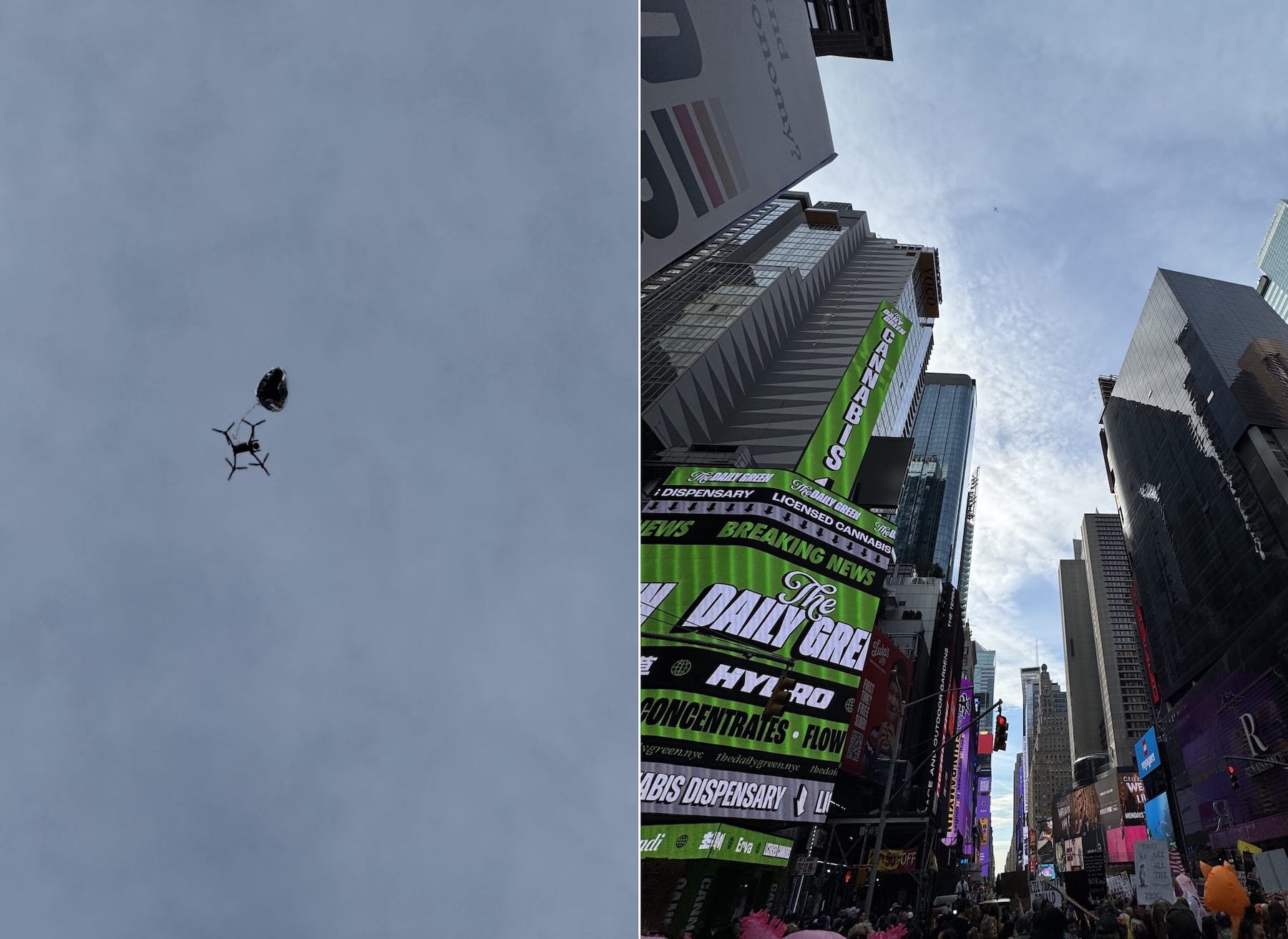
New York Police Department’s Explosive Drone Expansion
In New York City, drone surveillance has skyrocketed with little oversight to ensure operations fall within constitutional limits. A report by the Surveillance Technology Oversight Project revealed the NYPD conducted 6,546 drone flights in the first six months of 2025, representing a 3,200% increase since 2022.
The NYPD used drones to monitor “No Kings” protests in October 2025, with little oversight to ensure their use complied with constitutional requirements.
“Technically speaking, police are not supposed to conduct surveillance of people based solely on their legal political activities, including attending protests,” Guariglia said. “But as we have seen, police and the federal government have always been willing to ignore that.”
AI Weapons Detection Systems Face Effectiveness Questions
In addition to First Amendment concerns, the FBI’s interest in AI-enabled weapons detection on drones raises questions about technological effectiveness.
Government agencies like school districts have invested heavily in companies running AI weapons detection systems, but the products have been plagued by problems and criticism of ineffectiveness.
“No company has yet proven that AI firearm detection is a viable technology,” Guariglia told The Intercept. “On a drone whirling around in the sky at an awkward angle, I would be even more nervous that armed police will respond quickly and violently to what would obviously be false reports of a detected weapon.”
Landmark California Lawsuit Tests Legal Boundaries
The technology’s rapid expansion faces a critical legal test in Sonoma County, California, where the ACLU Foundation of Northern California filed suit in June 2025 alleging unconstitutional warrantless surveillance.
The lawsuit invokes California’s 1985 People v. Cook ruling, which prohibited warrantless aerial surveillance of private homes. It seeks a permanent injunction against the program and judicial warrant requirements for future flights.
DroneXL’s Take
The FBI’s Request for Information represents the formalization of surveillance infrastructure that’s been rapidly expanding across America with minimal public oversight or constitutional scrutiny. This isn’t a hypothetical threat. It’s the weaponization of capabilities already being deployed against American citizens exercising their First Amendment rights.
We’ve been documenting this pattern for years. The NYPD conducted 6,546 drone flights in just six months, using footage to identify and arrest protesters. Rochester Police explicitly budgeted $8 million in state funds for surveillance drones to monitor protests. DHS deployed military-grade MQ-9 Predators over anti-ICE demonstrations in Los Angeles.
The progression is unmistakable. What starts as “emergency response” technology quickly morphs into routine surveillance of constitutionally protected activities. Las Vegas pitched drones as lifesaving first responder tools, then built rooftop networks across the city with ACLU oversight concerns. The NYPD flew 4.7-pound Skydio drones directly over protest crowds, violating their own safety policies.
Now the FBI wants to add facial recognition and AI-powered surveillance to this already problematic ecosystem. The same agency that deployed drones during George Floyd protests now seeks technology explicitly designed for mass identification and tracking.
This matters because approximately 1,500 US law enforcement agencies already operate drone programs, representing a 150% increase since 2018. Modern police drones can monitor biometric data from 500 meters away (1,640 feet). When you add facial recognition to that capability, you’re creating infrastructure for surveillance that would have seemed dystopian just a decade ago.
There’s a critical distinction between legitimate law enforcement applications and the systematic erosion of constitutional protections. We’ve long supported drone technology for search and rescue, disaster response, and genuine emergency situations. But when federal agencies seek facial recognition capabilities while state and local departments already use surveillance footage to arrest protesters, we’re watching mission creep accelerate into constitutional crisis.
The few success stories offer hope. Syracuse lawmakers have blocked their police drone program four times in 2025, demanding privacy protections before deployment. Portland, Maine rejected a police drone purchase despite legitimate search-and-rescue justifications. These represent democratic oversight actually functioning.
But they’re exceptions. Most programs launch with minimal resistance, vague policies, and promises of restraint that evaporate once the hardware is deployed. The Sonoma County ACLU lawsuit represents the legal test case that could define boundaries nationwide. California often sets precedents that ripple across America.
The FBI’s RFI should trigger alarm bells for anyone who values constitutional protections. This technology, combined with the operational tempo we’re already witnessing, creates infrastructure for surveillance that can’t be easily reversed once normalized. When police departments can hover drones over protests, use AI to identify faces, and track individuals across cities, the chilling effect on First Amendment activities becomes inevitable.
The question isn’t whether drone technology can serve legitimate law enforcement purposes. It absolutely can. The question is whether we’ll establish constitutional guardrails before deploying capabilities that fundamentally alter the relationship between citizens and their government.
What do you think? Share your thoughts in the comments below.
Discover more from DroneXL.co
Subscribe to get the latest posts sent to your email.
Check out our Classic Line of T-Shirts, Polos, Hoodies and more in our new store today!

MAKE YOUR VOICE HEARD
Proposed legislation threatens your ability to use drones for fun, work, and safety. The Drone Advocacy Alliance is fighting to ensure your voice is heard in these critical policy discussions.Join us and tell your elected officials to protect your right to fly.
Get your Part 107 Certificate
Pass the Part 107 test and take to the skies with the Pilot Institute. We have helped thousands of people become airplane and commercial drone pilots. Our courses are designed by industry experts to help you pass FAA tests and achieve your dreams.

Copyright © DroneXL.co 2025. All rights reserved. The content, images, and intellectual property on this website are protected by copyright law. Reproduction or distribution of any material without prior written permission from DroneXL.co is strictly prohibited. For permissions and inquiries, please contact us first. DroneXL.co is a proud partner of the Drone Advocacy Alliance. Be sure to check out DroneXL's sister site, EVXL.co, for all the latest news on electric vehicles.
FTC: DroneXL.co is an Amazon Associate and uses affiliate links that can generate income from qualifying purchases. We do not sell, share, rent out, or spam your email.




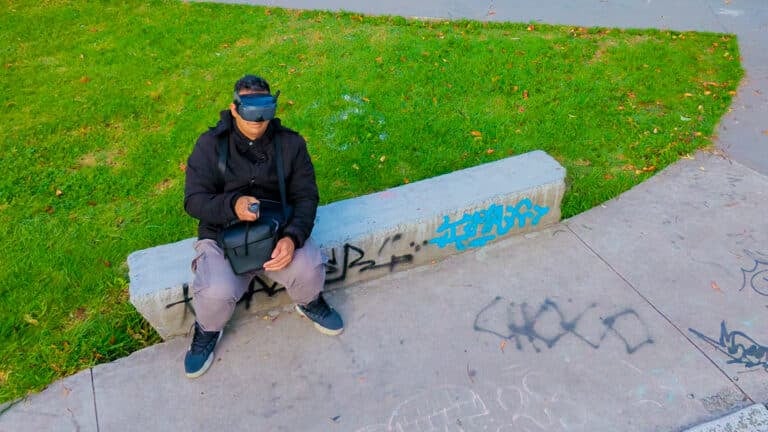
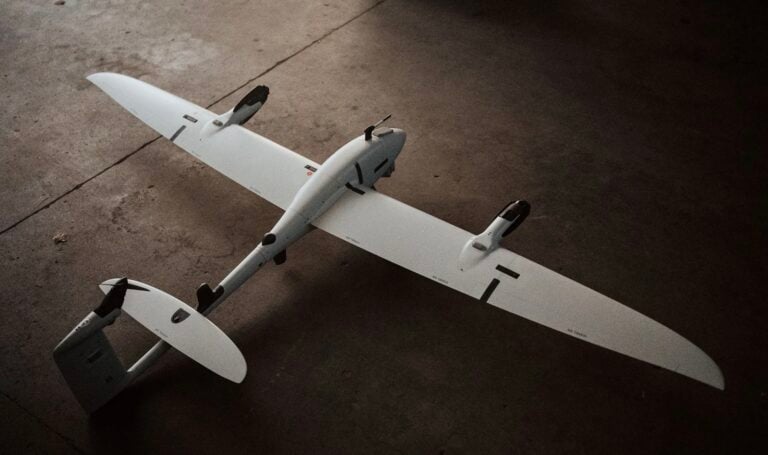
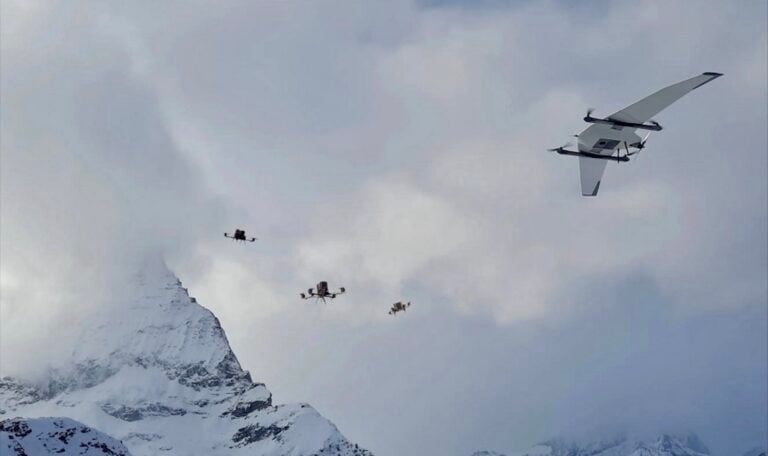
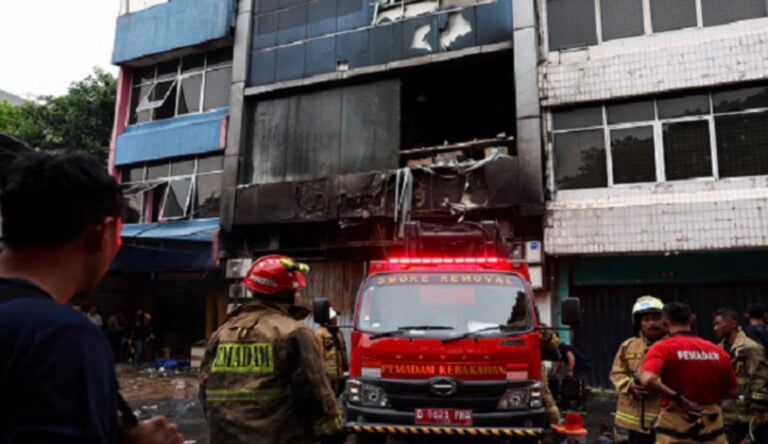
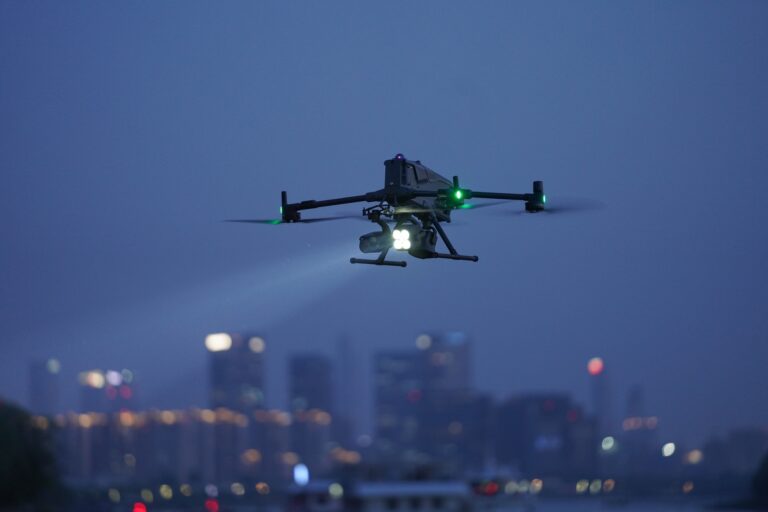
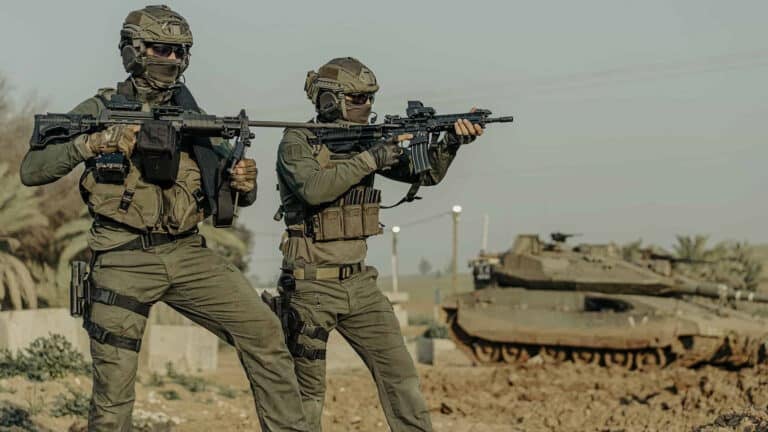


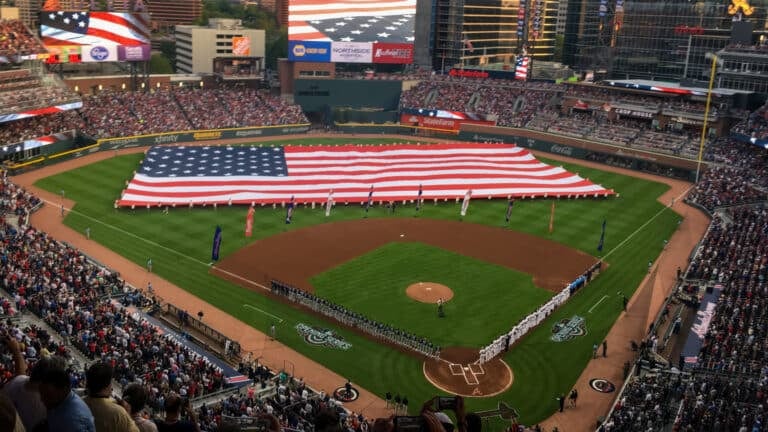
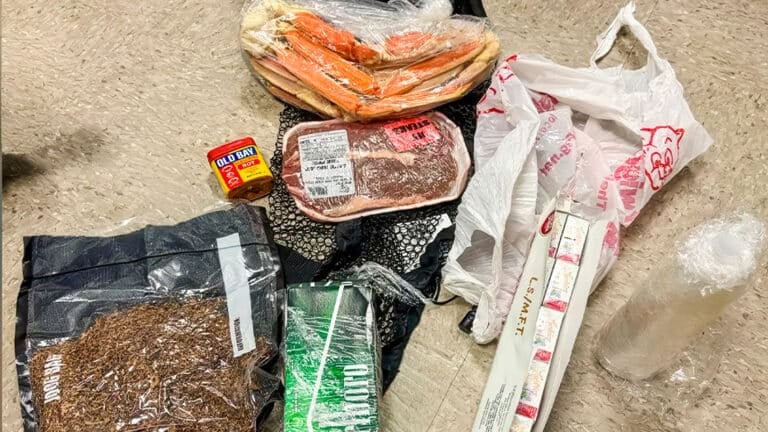
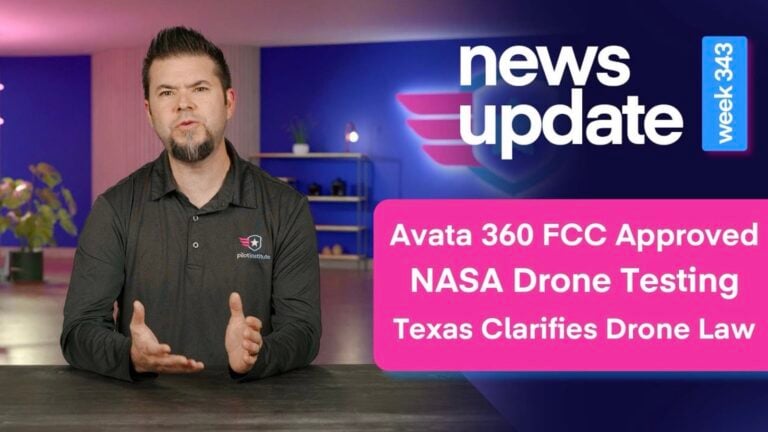
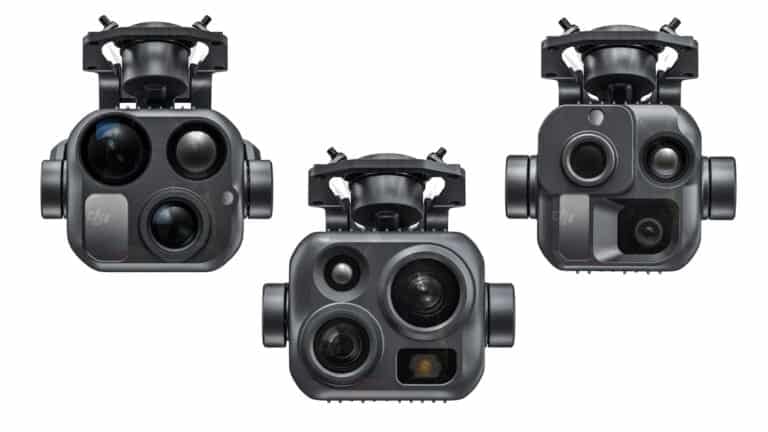
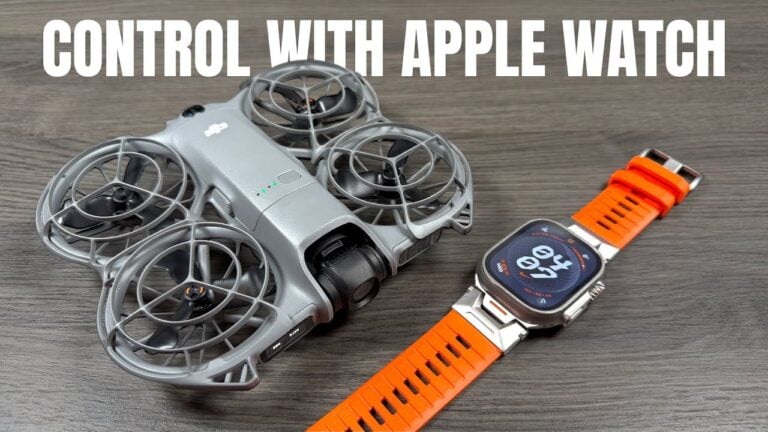


I’m not an attorney but I don’t see how facial recognition tech is an infringement on an individual’s constitutional rights. It seems to be the next iteration of fingerprints and DNA, both of which have proven effective in criminal investigations